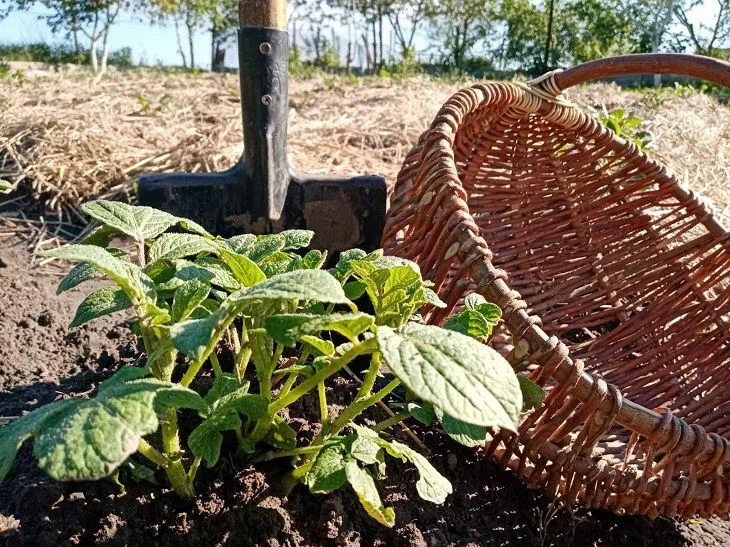Working 2 hours a week and harvesting in buckets is the dream of any summer resident. But often such advice is surrounded by pseudoscientific statements. Let's talk about some of them.
Green manure
Green manure (mustard, clover, phacelia) improves the soil structure, suppresses weeds and enriches the soil with nitrogen.
Research by the All-Russian Research Institute of Agrochemistry (2023) showed that sowing mustard in February reduces the number of weeds by 90%, and the yield of subsequent crops increases by 30–40%.

But the advice to "sow oats before winter" in February does not work. The seeds germinate only at temperatures above +5°C.
Instead, gardeners often use rye, but it inhibits the growth of vegetables due to allelopathy.
Mulching with sawdust
Sawdust retains moisture, reducing watering by 50%, and protects roots from temperature changes.
However, fresh sawdust takes nitrogen from the soil. Scientists recommend composting it for 6-12 months or soaking it in a urea solution (50 g per 10 l of water).
The folk method of "mulching with mown grass" leads to rotting and the spread of slugs. It is better to use straw or bark for mulch.
Popular mistakes
Excess mulch is a layer thicker than 10 cm. It causes root rot. For example, tomatoes under thick straw die from lack of oxygen.
Mulch with a layer of 5-7 cm, leaving free space near the stem.
Incorrect choice of green manure. For example, mustard is incompatible with cabbage (common pests). For cabbage beds, it is better to sow phacelia.
